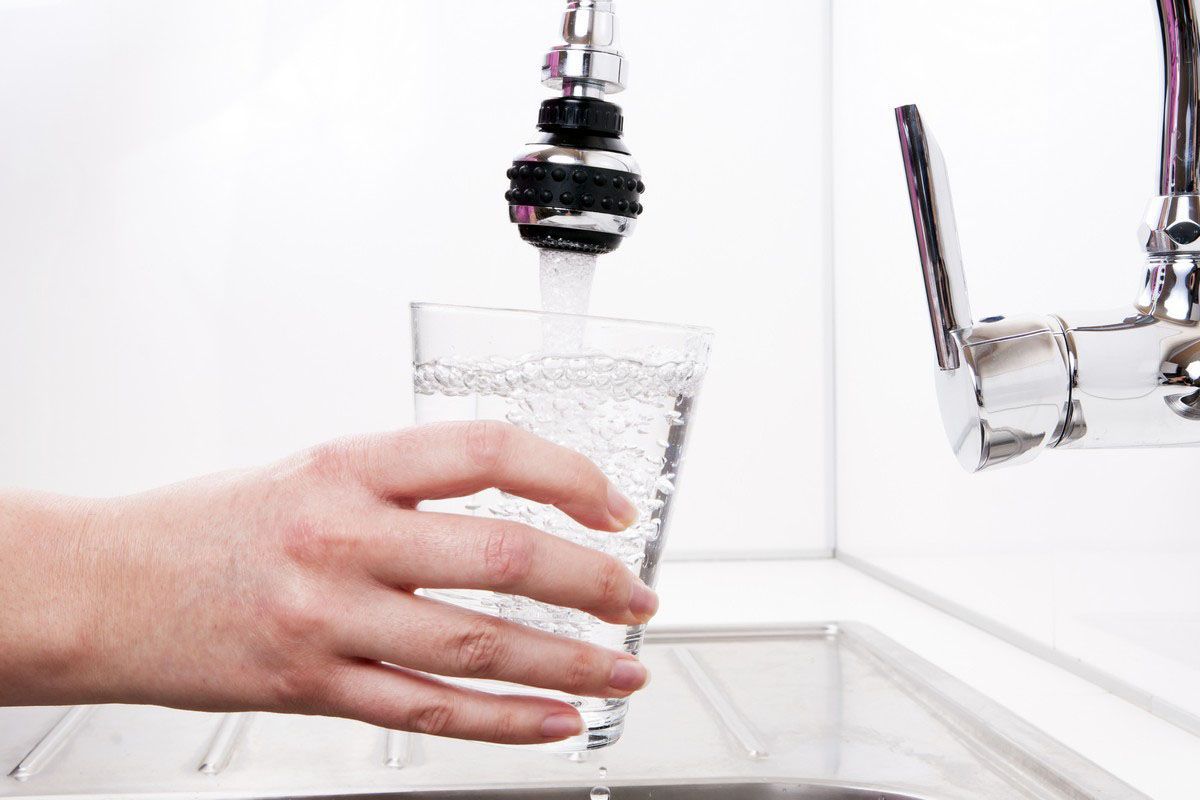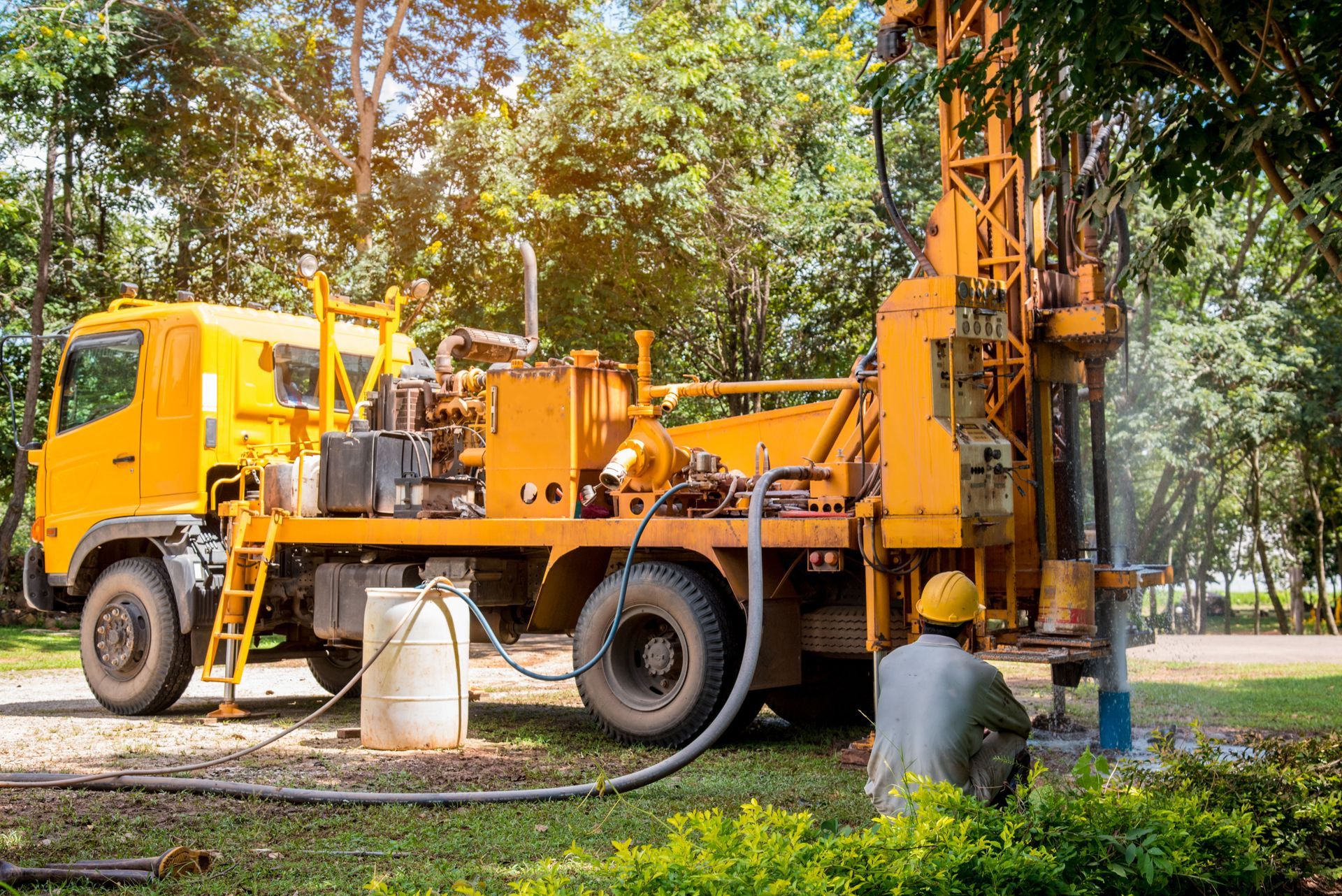How Deep Should Your Water Well Be?
You’ve just moved to a rural area and need a reliable source of water, which means that it’s time to drill a water well. Before calling the well drilling company, an important question needs to be answered: how deep should your water well be? Follow this guide to learn how to determine the optimal depth for your new water well.
What Factors Influence Water Well Depth?
Several key factors will determine how deep you should drill your water well. First, consider the geology and hydrogeology of your property. Where is the water table located? Are there any aquifers or porous rock layers that water accumulates in at certain depths? The well driller can analyze the local geology to identify what depths are likely to yield water. Also, think about your water usage needs. Do you just need enough for household use or are you irrigating crops and landscaping? The more water you require, the deeper your well may need to be drilled to access higher-yielding aquifers. Consulting with your well driller on your intended water use is important.
How Deep Is a Typical Water Well?
In our experience with wells, a typical residential water well depth ranges from 50 to 800 feet deep, but most fall between 100 and 300 feet. From what we have experienced, wells shallower than 50 feet are uncommon except in isolated cases with high groundwater tables. Municipal and agricultural wells are often 500 to 800 feet since they supply larger populations and irrigation from our experience. According to Building Advisor, most private wells range from 100 to 500 feet deep, but in rare cases, can exceed 1,000 feet. In terms of costs, we've experienced that, on average, drilling 100 feet may cost around $6,000 while drilling 500 feet could be $15,000. With each of our projects, the construction, materials, power usage, and pumping capacity all increase with depth, driving costs up.
How Do You Use Your Well Report?
When your new water well is complete, make sure to obtain a detailed well report from the driller. This report will indicate the depth of the well, geology, soil and rock layers encountered during drilling, static water level depth, and pumping test results indicating yield. Analyze this data to see which aquifers or zones were most productive in supplying water. This can inform decisions if you ever need to deepen the well or drill a new well in the future.
Drilling a properly sited water well at the right depth is crucial to enjoy plentiful water for years to come. Consult local experts and educate yourself on optimal well depths before breaking ground on your new water source. With research and forethought, you can have peace of mind knowing your money is well spent. Reach out to North Star Drilling today to learn more about drilling a
water well on your property.
LITTLE FALLS, MN
PEQUOT LAKES, MN
29665 Patriot Ave.
Pequot Lakes, MN 56472




Share On: